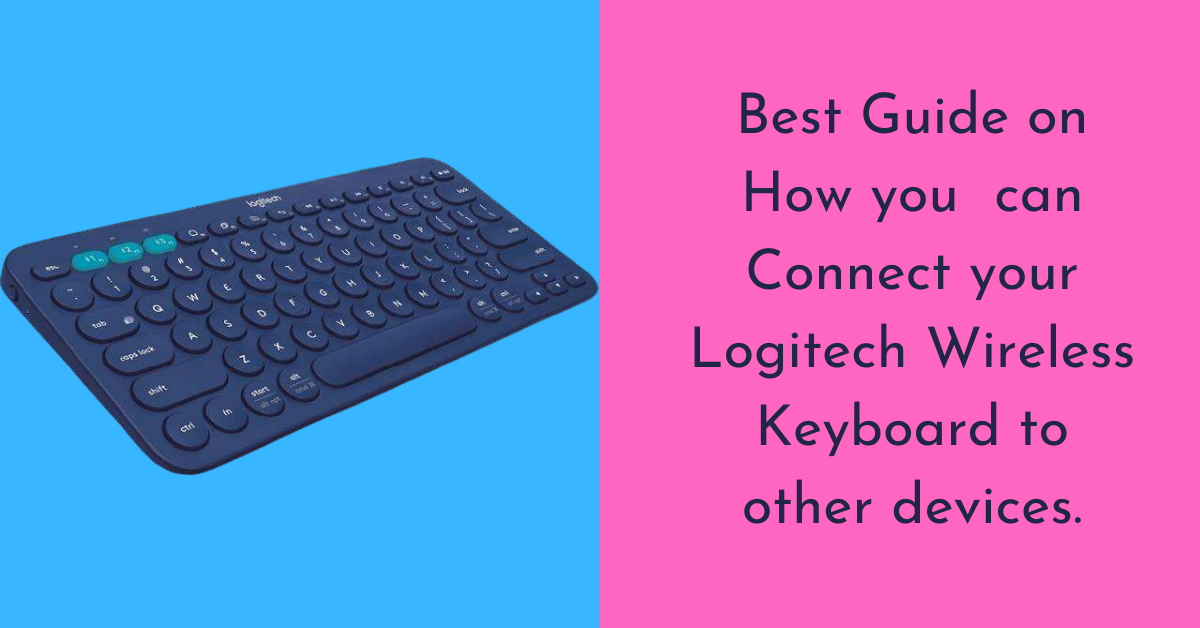
The options on the left are fairly self-explanatory. If you’re not sure which square represents which machine, click the “…” menu item to see the PC name. Click and drag to arrange the squares in the same configuration as your real-world setup-if your laptop is to the left of your desktop monitor, place the corresponding square to the left, and so on. The white or teal squares represent the screens of each machine and their relative positions: where they intersect with a grey line, the mouse cursor will be able to pass between them seamlessly. (You might need to switch channels on your mouse if you only have one.) If all your machines are connected to the same network, you should see them appear on the screen below: On each machine, click the Flow tab in Logitech Options. If Flow doesn’t appear on all your PCs, try reinstalling the program and rebooting your machine. Once finished, you should see a new “Flow” tab at the top of Logitech Options. Repeat this process with all your PCs and input devices, switching to the alternate connections as needed. Just download the installer and follow the on-screen instructions-in Windows double-click the install file, in macOS drag it into the Applications folder. It’s pretty handy software even without this feature, allowing for gesture control and custom key bindings. If you haven’t already, download and install Logitech Options from this link on all the computers you wish to connect via Flow. If your devices aren’t compatible, you’ll need to use something like Synergy instead-otherwise, read on.



It is not ideal for desktop use but for those using tablets it can offer some handy editing options. Screenmask is a neat Windows Store app that works with the Share option in other Windows Store apps. Screenmask ($0.99) Windows Store Link (opens in new tab).



 0 kommentar(er)
0 kommentar(er)
